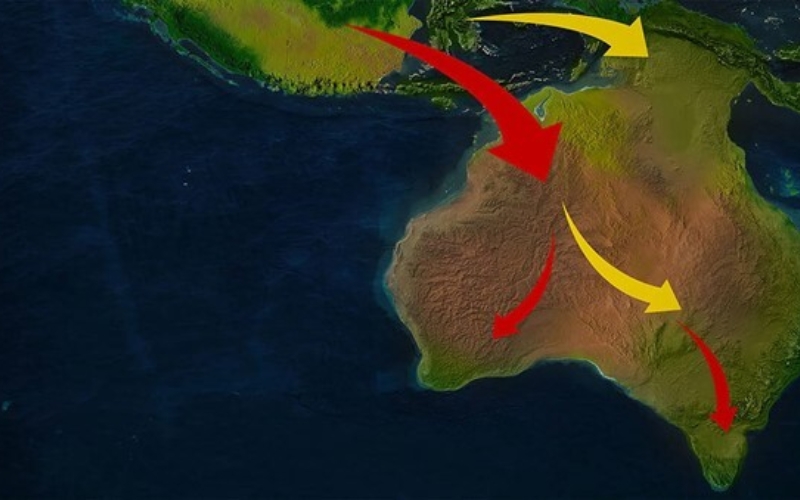
Lunchtime Meeting
The ancestors of Indigenous Australians
Professor Corey Bradshaw
Corey's research is mainly in the area of global-change ecology — how human endeavour and climate fluctuations have altered past, present and future ecosystems.
Corey Bradshaw joined Flinders University in January 2017 as the Matthew Flinders Fellow in Global Ecology. He is the Director of the Global Ecology Laboratory and lead Chief Investigator in the ARC Centre of Excellence for Indigenous and Environmental Histories and Futures. I was formerly a Chief Investigator in the ARC Centre of Excellence for Australian Biodiversity and Heritage where he led its Modelling Node.
From 2008-2015 he was at the University of Adelaide (Sir Hubert Wilkins Chair of Climate Change 2015-2016), and from 2004-2008 he was Senior then Principal Research Fellow at Charles Darwin University. Corey was an ARC Postdoctoral Fellow at the University of Tasmania from 1999-2004.
Corey's research is mainly in the area of global-change ecology — how human endeavour and climate fluctuations have altered past, present and future ecosystems. His most important contributions have been in the area of applied ecology, biodiversity conservation, theoretical ecology, extinction dynamics, human demography, species responses to climate change, disease ecology, and applying ecological theory and modelling techniques to hindcast prehistoric ecosystems. His work has provided environmental policy advice around the world, and his papers are highly cited.
Date and Time
7 November 2024 - 9 October 2024 | 12:00 pm - 1:00 pm
Location
Hetzel Lecture Theatre, Institute Building, SLSA, North Terrace, AdelaideCost
Members: $Gold coin Non members: $5